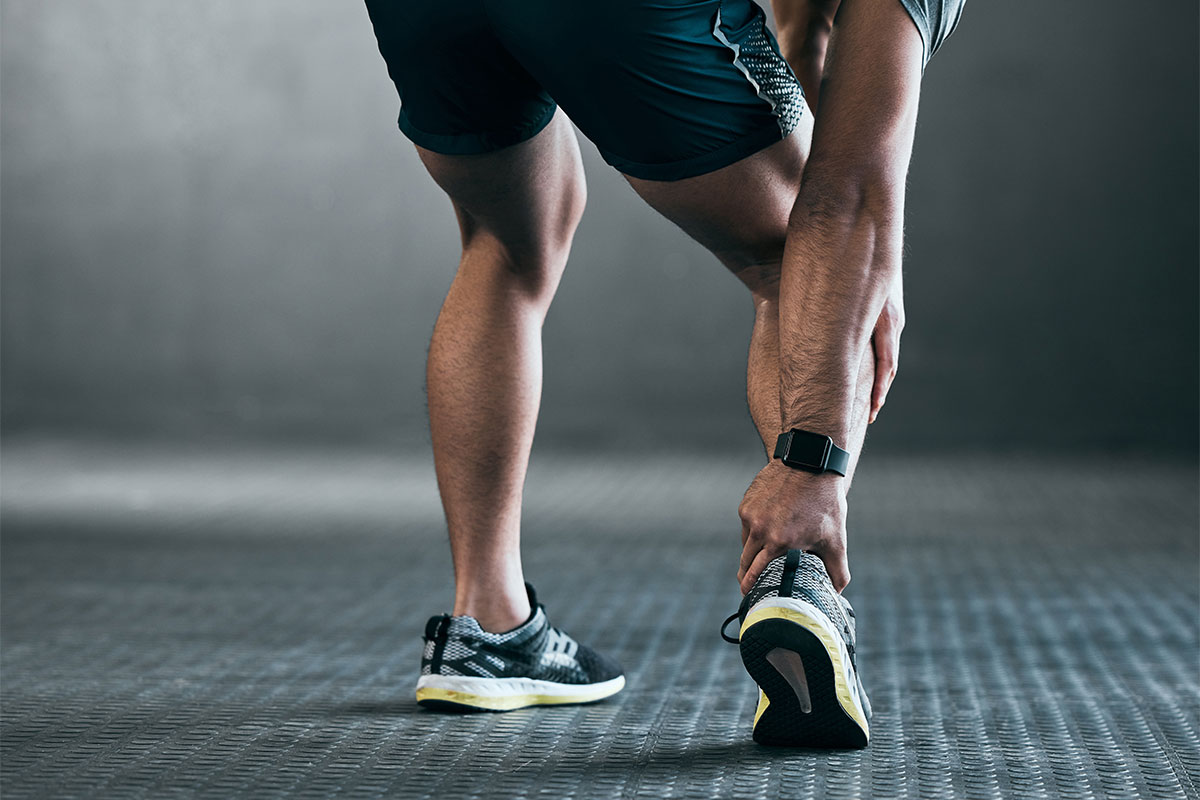Tenotomy procedures are minimally invasive treatments used to relieve chronic tendon pain in areas like the shoulder, knee, hip, or elbow. By carefully releasing or repairing damaged tendon tissue, they restore mobility and function. Dr. Dipan Patel offers advanced tenotomy techniques to help you move without pain and recover faster.
Restore Strength by Repairing Tendon Damage
Tenotomy procedures are minimally invasive treatments that address chronic tendon pain caused by overuse, injury, or degeneration. Instead of relying on surgery, these procedures use precise instruments to release or repair damaged tendon fibers. By breaking up scar tissue and stimulating natural healing, tenotomy can restore strength, flexibility, and function. The goal is to reduce pain, improve mobility, and help you return to daily activities comfortably. Dr. Patel offers tenotomy procedures as part of his advanced pain management plan.

Benefits of Tenotomy Procedures:
- Minimally invasive approach that avoids open surgery
- Short procedure time, often performed in an outpatient setting
- Targets and repairs only the damaged tendon fibers
- Stimulates natural healing and tissue regeneration
- Reduces chronic pain and inflammation effectively
- Improves mobility, strength, and overall function
- Faster recovery than open surgery
- Lower risk of complications and scarring
- Can treat multiple tendon-related conditions in different joints
What Do Tenotomy Procedures Treat?
Tenotomy procedures treat chronic tendon problems that no longer respond to conservative treatments like rest, medications, or physical therapy. When tendons develop degeneration, scarring, or small tears, they can cause pain, stiffness, and loss of mobility. Tenotomy precisely targets these damaged fibers to stimulate healing and restore function.
Some of the common conditions and symptoms tenotomy can help with include:
- Tennis elbow (lateral epicondylitis)
- Golfer’s elbow (medial epicondylitis)
- Rotator cuff tendinitis or partial tears
- Patellar tendinitis (“jumper’s knee”)
- Hip flexor or gluteal tendinitis
- Pain that worsens with activity or repetitive motion
- Stiffness, weakness, or swelling around the tendon
Am I a Candidate for Tenotomy?
You may be a good candidate for tenotomy if you have chronic tendon pain lasting more than three months that has not improved with conservative solutions like rest, physical therapy, or medications. Tenotomy is especially helpful if imaging tests, such as ultrasound or MRI, show tendon degeneration or scar tissue. Dr. Patel will evaluate your medical history, symptoms, and diagnostic imaging to determine if this procedure is the right solution for you.

What Happens During Tenotomy Procedures?
When you undergo a tenotomy procedure, you’ll be placed in a comfortable position, and the area will be numbed with local anesthesia. Using ultrasound imaging, Dr. Patel pinpoints the exact portion of your tendon that shows degeneration, tiny tears, or scar tissue. A puncture is made in the skin, through which a fine needle is guided directly to the problem area to debride, or clear out, unhealthy tendon fibers and micro-scar tissue while sparing healthy tissue.
This controlled disruption not only removes the source of chronic pain but also triggers a healing response. By creating tiny channels in the tendon, blood flow and natural repair cells are drawn to the site, encouraging regeneration. The procedure takes less than 30 minutes, requires no stitches, and typically allows you to return home the same day with only mild soreness.

What Is the Recovery Time After Tenotomy?
Recovery is generally much quicker than surgery. Most patients resume light activities within a few days and return to normal function in several weeks. Full healing can take anywhere from six to twelve weeks, depending on the severity of the damage and your activity level. Dr. Patel may recommend physical therapy to optimize healing and restore strength.
How Long Do the Results Last?
For most patients, tenotomy provides long-lasting pain relief. By removing unhealthy tendon tissue and stimulating natural repair, the procedure helps restore function. Outcomes are best when combined with rehabilitation exercises and activity modifications as recommended by Dr. Patel. Many patients experience lasting improvement without the need for repeat procedures.
Why Choose Dr. Patel for Tenotomy Procedures?
Dr. Dipan Patel is a double board-certified interventional pain physician specializing in minimally invasive treatments for tendon pain. With fellowship training at NYU Langone, he uses precision-guided tenotomy to target damaged tendon fibers and restore mobility. If you’ve been struggling with chronic pain that hasn’t improved with conservative care, Dr. Patel can help you find lasting relief. Schedule your consultation to learn more about tenotomy procedures and take the first step toward recovery in Morris County, NJ.